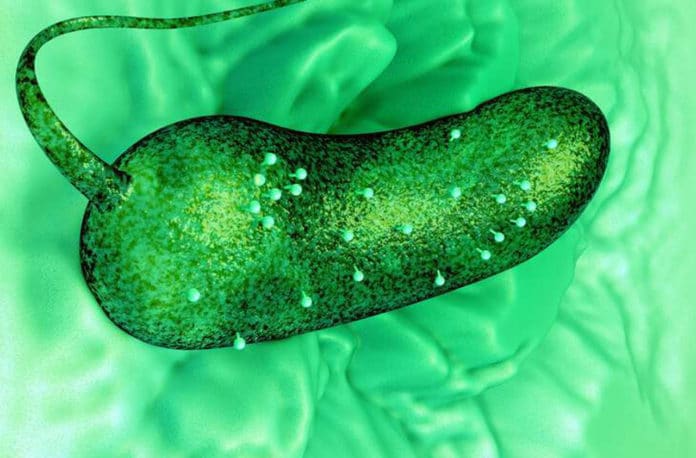Scientists at the Penn State have developed a new liquid-cell technology that enables them to see living biological materials and systems in three dimensions under an electron microscope. The technology can help scientists analyze host-pathogen interactions, see a virus is introduced into a cell, and watch molecular mechanisms take place in real-time.
In doing so, scientists demonstrate new insights for the rules of engagement involving a unique bacteriophage and its host bacterium. Their pictures uncovered structural highlights of the bacteriophage that were previously not well understood.
Liquid-cell electron microscopy is a rapidly growing field in the imaging domain. While real-time observations are readily available to analyze materials and biological systems, these measurements have been limited to the two-dimensional (2-D) image plane.
In tomography, slices of a sample are imaged as the sample is tilted. At that point, the pictures are stacked into 3-D utilizing computer software.
Lead author William Dearnaley, who is the technical director for Structural Oncology, said, “We use a copper grid that is coated with a carbon layer and cover that with a silicon nitride chip. There is a window in the chip, and we pipette the liquid sample in between the two layers.”
“This chip design fits into any microscope holder so that it can be universally adapted for any material. The technique is expected to be widely adopted in both life sciences and materials science, for instance, in battery research or to look at defects causing building materials to fail.”
The study is published in the journal Nano Letters.
